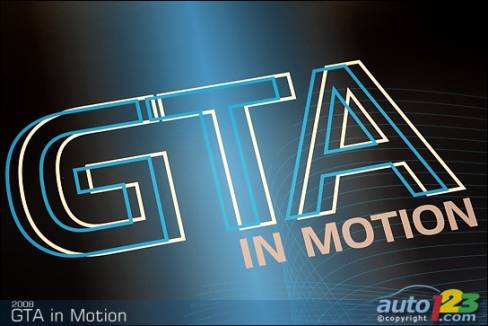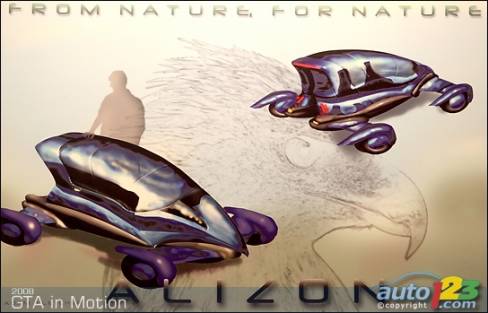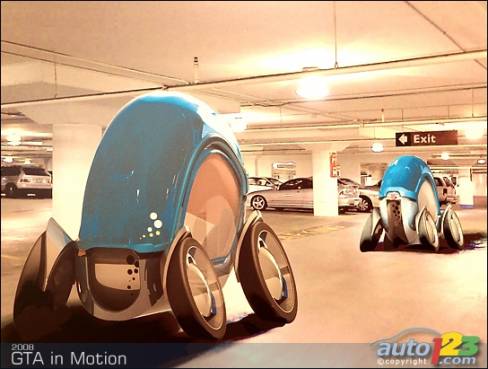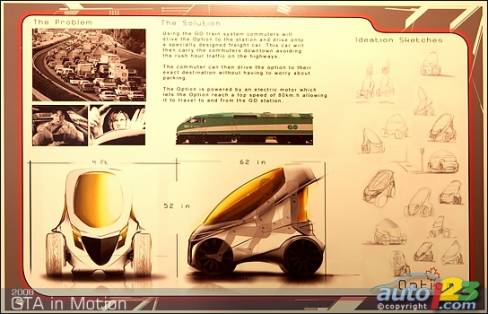 |
Unlike their era, motorists in big cities now face levels of congestion, gas prices, environmental pressures and distractions never before seen. Driving nowadays is far from the care-free and easy going experience it once was- and a commonly dismissed question is 'what do we do when things get worse'?
 |
Most motorists think of this infrequently- if at all. But the GTA in Motion exhibit was conceived to provide some answers to that question by giving a hint at where technology and vehicles themselves may be heading.
Alternative transportation was on display in every form- including low speed vehicles and even single-person transportation like the Toyota i-Real. It's sort of a cross between the popular Seguay and a wheelchair- and it allows drivers to zip around at speeds up to nearly 20 miles per hour. An interesting take on personal mobility, if nothing else.
The new smart fortwo was on display as well, though it's already been on sale successfully to eco-oriented drivers all over the world. Additional concept models were showcased in small glass cases, giving a glimpse of what a future in zero-emissions, environmentally sensitive transportation might look like.
The idea is that smaller cars take up less room- so if the road was full of them, there would be less congestion and wasted space. The roads would be safer too- if all of these cars hooked into a Toyota safety system concept called the Intelligent Transportation System or ITS.
ITS is an umbrella of technologies that allow vehicle to vehicle, road to vehicle and pedestrian to vehicle communication, to help drivers predict and avoid situations like congestion, accidents or even an impending collision. ITS uses visual and audible alerts to warn drivers, and can even reduce vehicle speed as necessary. Toyota says it can even help drivers to avoid running stop-signs or red-lights they may miss.
With all the skeptics out there, setting an example will be integral to get people on board. A little truck called NEMO may allow municipalities and organizations to do just that. It looks like a small work truck, but it makes no noise and requires no fueling- apart from a simple battery recharge. Rather than lumbering around town in a gas-swilling pickup truck, workers could ride the smaller NEMO- depending on the job at hand. It's even got a CD Player.
The question remains, will you and I wind up driving cars that run on batteries and look like these? Or will the crossover SUV continue taking over the world, one driveway at a time?
 |




Article Gallery


